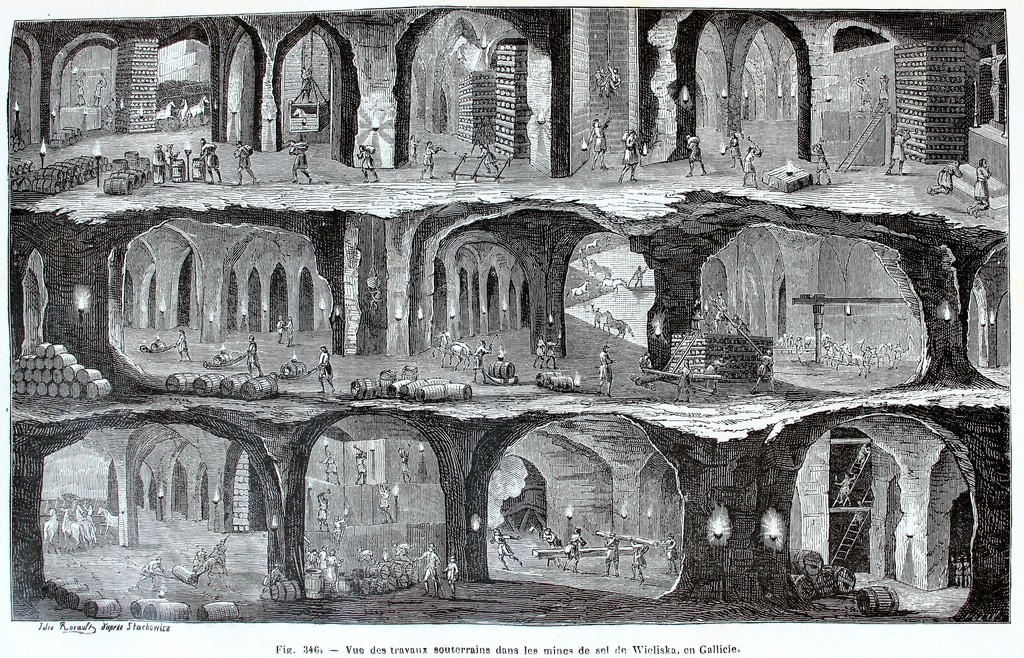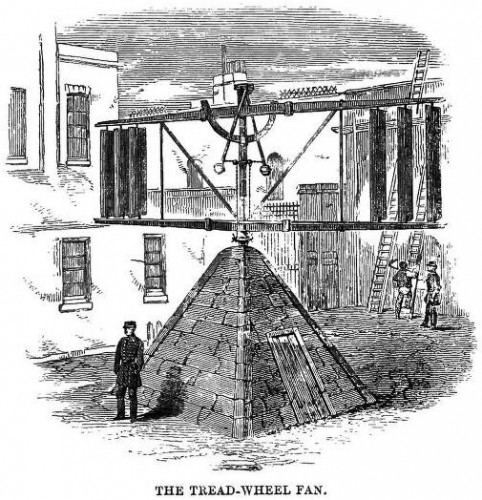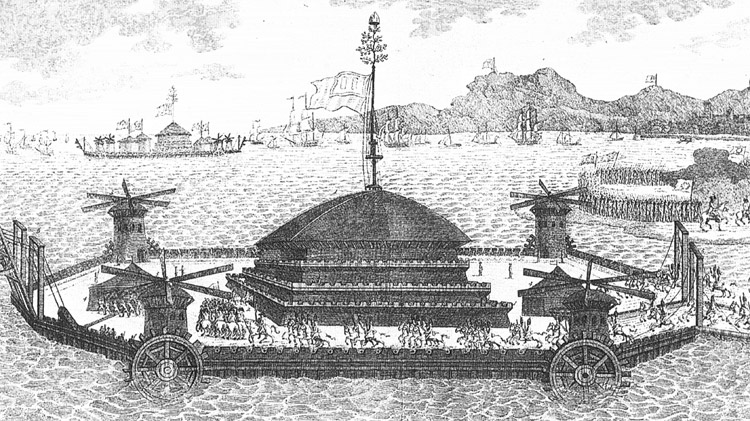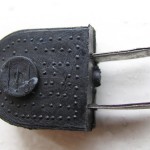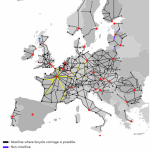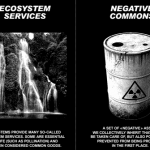From Cave Paintings to the Internet is “designed to help you follow the development of information and media, and attitudes about them, from the beginning of records to the present. Containing annotated references to discoveries, developments of a social, scientific, theoretical or technological nature, as well as references to physical books, documents, artifacts, art works, and to websites and other digital media, it arranges, both chronologically and thematically, selected historical examples and recent developments of the methods used to record, distribute, exchange, organize, store, and search information. The database is designed to allow you to approach the topics in a wide variety of ways.”
Illustration: coptic bookbinding.
